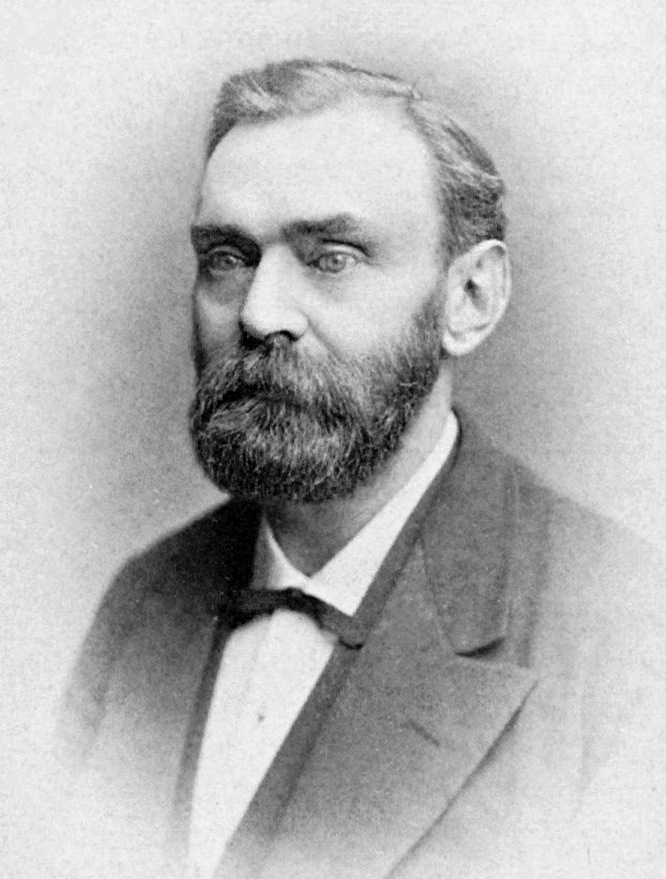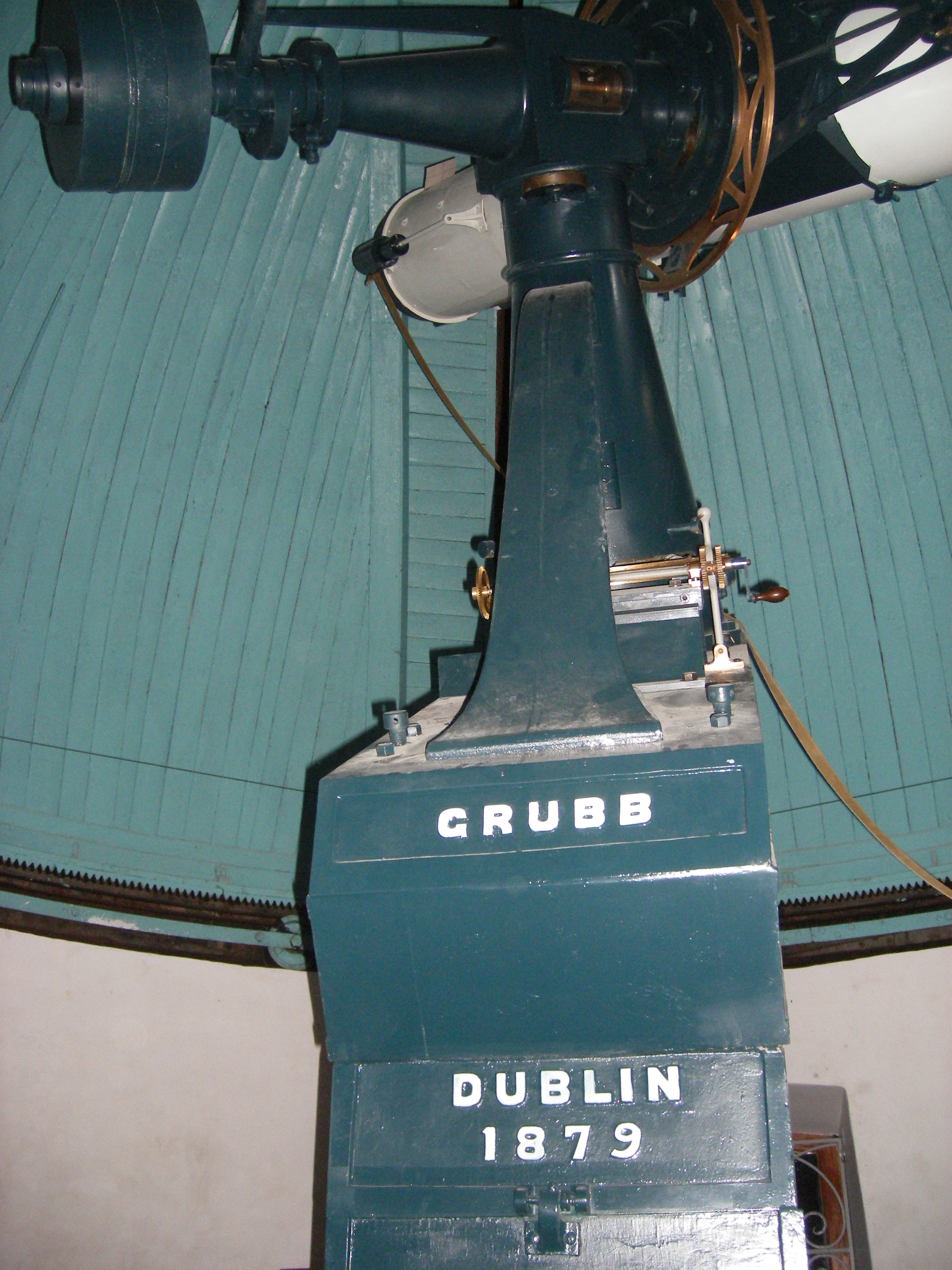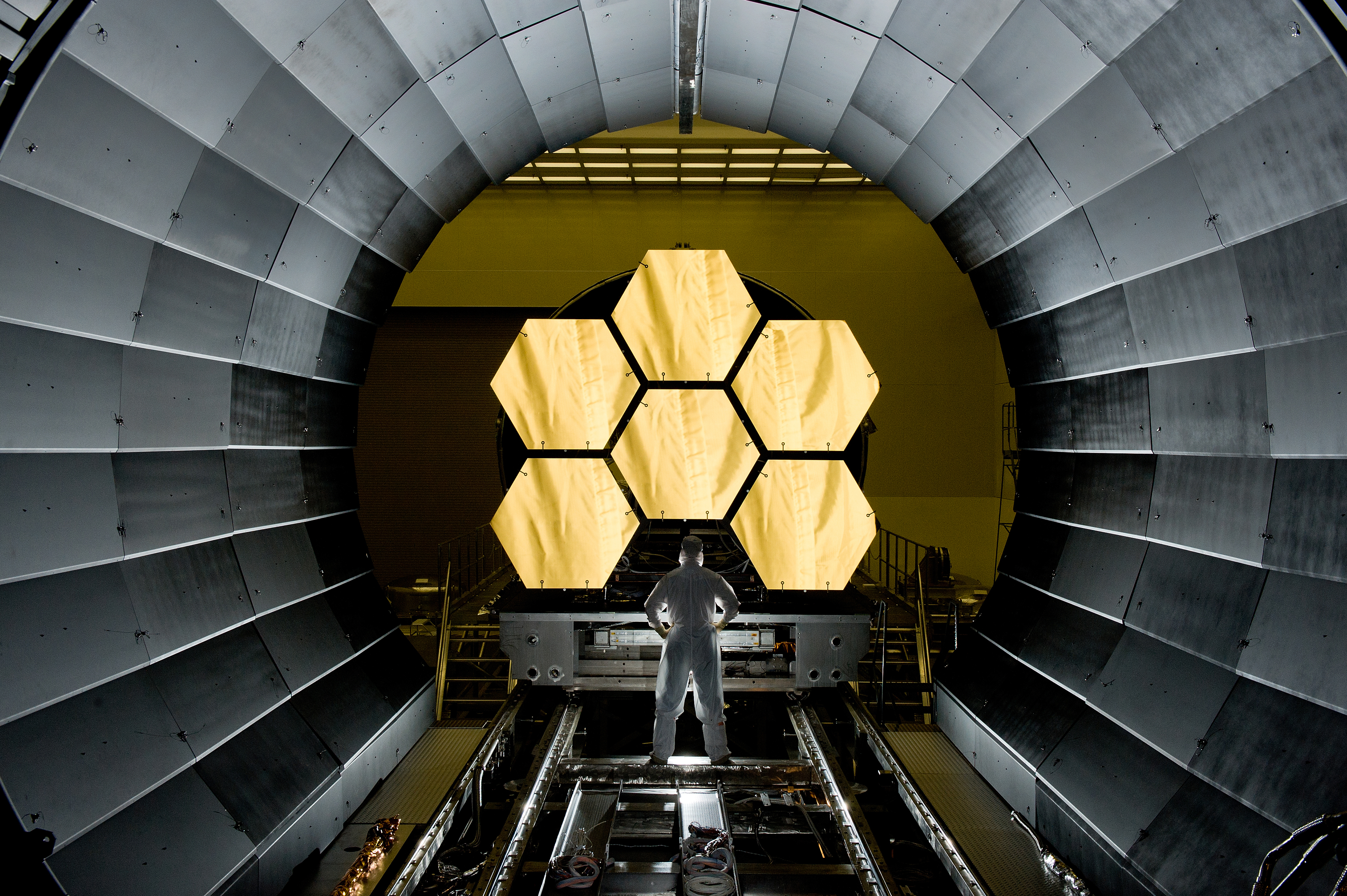|
Observatory Of Haute-Provence
The Haute-Provence Observatory (OHP, ) is an astronomical observatory in the southeast of France, about 90 km east of Avignon and 100 km north of Marseille. It was established in 1937 as a national facility for French astronomers. Astronomical observations began in 1943 using the 1.20 m telescope, and the first research papers based on observations made at the observatory were published in 1944. Foreign observers first used the observatory in 1949, when Geoffrey and Margaret Burbidge visited. The observatory lies at an altitude of about 650 m, on a plateau near the village of Saint-Michel-l'Observatoire in the Alpes-de-Haute-Provence ''département''. The site was chosen for an observatory because of its generally very favourable observing conditions. On average, 60% of nights are suitable for astronomical observations, with the best seasons being summer and autumn. About 170 nights per year on average are completely cloudless. The seeing is usually around 2" but can r ... [...More Info...] [...Related Items...] OR: [Wikipedia] [Google] [Baidu] |
Minor Planet
According to the International Astronomical Union (IAU), a minor planet is an astronomical object in direct orbit around the Sun that is exclusively classified as neither a planet nor a comet. Before 2006, the IAU officially used the term ''minor planet'', but that year's meeting IAU definition of planet, reclassified minor planets and comets into dwarf planets and Small Solar System body, small Solar System bodies (SSSBs).Press release, IAU 2006 General Assembly: Result of the IAU Resolution votes International Astronomical Union, August 24, 2006. Accessed May 5, 2008. In contrast to the eight official planets of the Solar System, all minor planets fail to clearing the neighborhood, clear their orbital neighborhood. Minor planets include asteroids (near- ... [...More Info...] [...Related Items...] OR: [Wikipedia] [Google] [Baidu] |
La Silla Observatory
La Silla Observatory is an astronomical observatory in Chile with three telescopes built and operated by the European Southern Observatory (ESO). Several other telescopes are also located at the site and are partly maintained by ESO. The observatory is one of the largest in the Southern Hemisphere and was the first in Chile to be used by ESO. The La Silla telescopes and instruments are located 150 km northeast of La Serena, on the outskirts of the Atacama Desert, one of the driest and most remote areas in the world. Like other observatories in this region, La Silla is far from sources of light pollution and, like the Paranal Observatory—home to the Very Large Telescope—it has some of the darkest night skies on Earth. History Following the decision in 1963 to approve Chile as the site for the ESO observatory, scouting parties were sent to various locations to assess their suitability. The site that was decided upon was La Silla in the southern part of the Atacama Des ... [...More Info...] [...Related Items...] OR: [Wikipedia] [Google] [Baidu] |
Nobel Media AB
The Nobel Prizes ( ; ; ) are awards administered by the Nobel Foundation and granted in accordance with the principle of "for the greatest benefit to humankind". The prizes were first awarded in 1901, marking the fifth anniversary of Alfred Nobel's death. The original Nobel Prizes covered five fields: physics, chemistry, physiology or medicine, literature, and peace, specified in Nobel's will. A sixth prize, the Prize in Economic Sciences, was established in 1968 by Sveriges Riksbank (Sweden's central bank) in memory of Alfred Nobel. The Nobel Prizes are widely regarded as the most prestigious awards available in their respective fields. Shalev, p. 8. Except in extraordinary circumstances, such as war, all six prizes are given annually. Each recipient, known as a laureate, receives a green gold medal plated with 24 karat gold, a diploma, and a monetary award. As of 2023, the Nobel Prize monetary award is , equivalent to approximately . The medal shows Nobel in profile with ... [...More Info...] [...Related Items...] OR: [Wikipedia] [Google] [Baidu] |
Nobel Prize In Physics
The Nobel Prize in Physics () is an annual award given by the Royal Swedish Academy of Sciences for those who have made the most outstanding contributions to mankind in the field of physics. It is one of the five Nobel Prizes established by the will of Alfred Nobel in 1895 and awarded since 1901, the others being the Nobel Prize in Chemistry, Nobel Prize in Literature, Nobel Peace Prize, and Nobel Prize in Physiology or Medicine. Physics is traditionally the first award presented in the Nobel Prize ceremony. The prize consists of a medal along with a diploma and a certificate for the monetary award. The front side of the medal displays the same profile of Alfred Nobel depicted on the medals for Physics, Chemistry, and Literature. The first Nobel Prize in Physics was awarded to German physicist Wilhelm Röntgen in recognition of the extraordinary services he rendered by the discovery of X-rays. This award is administered by the Nobel Foundation and is widely regarded as the ... [...More Info...] [...Related Items...] OR: [Wikipedia] [Google] [Baidu] |
51 Pegasi
51 Pegasi (abbreviated 51 Peg), formally named Helvetios , is a Sun-like star located from Earth in the constellation of Pegasus. It was the first main-sequence star found to have an exoplanet (designated 51 Pegasi b, officially named Dimidium) orbiting it. Properties The star's apparent magnitude is 5.49, making it visible with the naked eye under suitable viewing conditions. 51 Pegasi was listed as a standard star for the spectral type G2IV in the 1989 ''The Perkins catalog of revised MK types for the cooler stars''. Historically, it was generally given a stellar classification of G5V, and even in more modern catalogues it is usually listed as a main-sequence star. The NStars project assign it a G2V spectral class. It is generally considered to still be generating energy through the thermonuclear fusion of hydrogen at its core, but to be in a more evolved state than the Sun. The effective temperature of the chromosphere is about , giving 51 Pegasi the characteri ... [...More Info...] [...Related Items...] OR: [Wikipedia] [Google] [Baidu] |
51 Pegasi B
51 Pegasi b, officially named Dimidium (), is an extrasolar planet approximately away in the constellation of Pegasus. It was the first exoplanet to be discovered orbiting a main-sequence star, the Sun-like 51 Pegasi, and marked a breakthrough in astronomical research. It is the prototype for a class of planets called hot Jupiters. In 2017, traces of water were discovered in the planet's atmosphere. In 2019, the Nobel Prize in Physics was awarded in part for the discovery of 51 Pegasi b. Name 51 Pegasi is the Flamsteed designation of the host star. The planet was originally designated 51 Pegasi b by Michel Mayor and Didier Queloz, who discovered the planet in 1995. The following year it was unofficially dubbed "Bellerophon" by astronomer Geoffrey Marcy, who followed the convention of naming planets after Greek and Roman mythological figures ( Bellerophon is a figure from Greek mythology who rode the winged horse Pegasus). In July 2014, the International Astro ... [...More Info...] [...Related Items...] OR: [Wikipedia] [Google] [Baidu] |
Didier Queloz
Didier Patrick Queloz (; born 23 February 1966) is a Swiss astronomer. He is the Jacksonian Professor of Natural Philosophy at the University of Cambridge, where he is also a fellow of Trinity College, Cambridge, as well as a professor at the University of Geneva. Together with Michel Mayor in 1995, he discovered 51 Pegasi b, the first extrasolar planet orbiting a Sun-like star, 51 Pegasi. For this discovery, he shared the 2019 Nobel Prize in Physics with Mayor and Jim Peebles. In 2021, he was announced as the founding director of the Center for the Origin and Prevalence of Life at ETH Zurich. Early life and education Queloz was born in Switzerland, on 23 February 1966. Queloz studied at the University of Geneva where he subsequently obtained a MSc degree in physics in 1990, a DEA in Astronomy and Astrophysics in 1992, and a PhD degree in 1995 with Swiss astrophysicist Michel Mayor as his doctoral advisor. In the area of religion ''The Daily Telegraph'' reports him a ... [...More Info...] [...Related Items...] OR: [Wikipedia] [Google] [Baidu] |
Michel Mayor
Michel Gustave Édouard Mayor (; born 12 January 1942) is a Swiss astrophysicist and professor emeritus at the University of Geneva's Department of Astronomy. He formally retired in 2007, but remains active as a researcher at the Observatory of Geneva. He is co-laureate of the 2019 Nobel Prize in Physics along with Jim Peebles and Didier Queloz, and the winner of the 2010 Viktor Ambartsumian International Prize and the 2015 Kyoto Prize. Together with Didier Queloz in 1995, he discovered , the first extrasolar planet orbiting a sun-like star, 51 Pegasi. For this achievement, they were awarded the 2019 Nobel Prize in Physics "for the discovery of an exoplanet orbiting a solar-type star" resulting in "contributions to our understanding of the evolution of the universe and Earth’s place in the cosmos". Related to the discovery, Mayor noted that humans will never migrate to such exoplanets since they are "much, much too far away ... nd would takehundreds of mill ... [...More Info...] [...Related Items...] OR: [Wikipedia] [Google] [Baidu] |
SOPHIE échelle Spectrograph
Sophie is a feminine given name, another version of Sophia, from the Greek word for "wisdom". People with the name Born in the Middle Ages * Sophie, Countess of Bar (c. 1004 or 1018–1093), sovereign Countess of Bar and lady of Mousson * Sophie of Thuringia, Duchess of Brabant (1224–1275), second wife and only Duchess consort of Henry II, Duke of Brabant and Lothier Born in 1600s and 1700s * Sophie of Anhalt-Zerbst (1729–1796), later Empress Catherine II of Russia * Sophie Amalie of Brunswick-Lüneburg (1628–1685), Queen consort of Denmark-Norway * Sophie Blanchard (1778–1819), French balloonist * Sophie Dorothea of Württemberg (1759–1828), second wife of Tsar Paul I of Russia * Sophie Dawes, Baronne de Feuchères ( 1795–1840), English baroness * Sophie Germain (1776–1831), French mathematician * Sophie Piper (1757–1816), Swedish countess * Sophie Schröder (1781–1868), German actress * Sophie von La Roche (1730–1807), German author * Princess ... [...More Info...] [...Related Items...] OR: [Wikipedia] [Google] [Baidu] |
ELODIE Spectrograph
ELODIE was an echelle spectrograph installed on the 1.93m reflector at the Observatoire de Haute-Provence in south-eastern France. Its optical instrumentation was developed by André Baranne from the Marseille Observatory. The purpose of the instrument was extrasolar planet detection by the radial velocity method. ELODIE's first light was achieved in 1993. The instrument was decommissioned in August 2006 and replaced in September 2006 by SOPHIE, a new instrument of the same type but with improved features. Characteristics The instrument could observe the electromagnetic spectrum over a wavelength range of 389.5 nm to 681.5 nm in a single exposure, split into 67 spectral orders. The instrument, which was located in a temperature-controlled room, was fed with optical fibers from the Cassegrain focus. The observatory provided an integrated data reduction pipeline which fully reduced the spectra immediately after acquisition and allowed the user to measure radial ve ... [...More Info...] [...Related Items...] OR: [Wikipedia] [Google] [Baidu] |
Grubb Parsons
Grubb Parsons (legally 'Sir Howard Grubb, Parsons and Co. Ltd.') was a historic manufacturer of telescopes, active in the 19th and 20th centuries. They built numerous large research telescopes, including several that were (at the time of construction) the largest in the world of their type. It was founded in 1833 by Thomas Grubb as the Grubb Telescope Company, located in Dublin. Control of the company passed to his son Howard Grubb in the 1860s. They produced dozens of telescopes, including some of the largest of the 19th century, such as the Great Melbourne Telescope (a reflecting telescope) in 1868, a refractor for the Vienna Observatory in 1878, and the Greenwich 28 inch refractor in 1893. Leading up to and during the First World War (1914-18) the company produced periscopes for submarines and moved to St Albans in 1918. In 1925 the company was purchased by Charles Algernon Parsons, renamed Grubb Parsons, and moved to Newcastle upon Tyne. In the 20th century they produced l ... [...More Info...] [...Related Items...] OR: [Wikipedia] [Google] [Baidu] |
Primary Mirror
A primary mirror (or primary) is the principal light-gathering surface (the objective) of a reflecting telescope. Description The primary mirror of a reflecting telescope is a spherical, parabolic, or hyperbolic shaped disks of polished reflective metal ( speculum metal up to the mid 19th century), or in later telescopes, glass or other material coated with a reflective layer. One of the first known reflecting telescopes, Newton's reflector of 1668, used a 3.3 cm polished metal primary mirror. The next major change was to use silver on glass rather than metal, in the 19th century such was with the Crossley reflector. This was changed to vacuum deposited aluminum on glass, used on the 200-inch Hale telescope. Solid primary mirrors have to sustain their own weight and not deform under gravity, which limits the maximum size for a single piece primary mirror. Segmented mirror configurations are used to get around the size limitation on single primary mirrors. For exa ... [...More Info...] [...Related Items...] OR: [Wikipedia] [Google] [Baidu] |






